Salad dressings can make or break your healthy meal. Store-bought options often contain preservatives and excess sugar, while homemade versions give you control over ingredients and flavor. But not all dressings are worth the effort to make yourself. Let’s explore which ones deserve your kitchen time and which are better left to the professionals.
1. Classic Vinaigrette: Five Minutes to Fresh Flavor
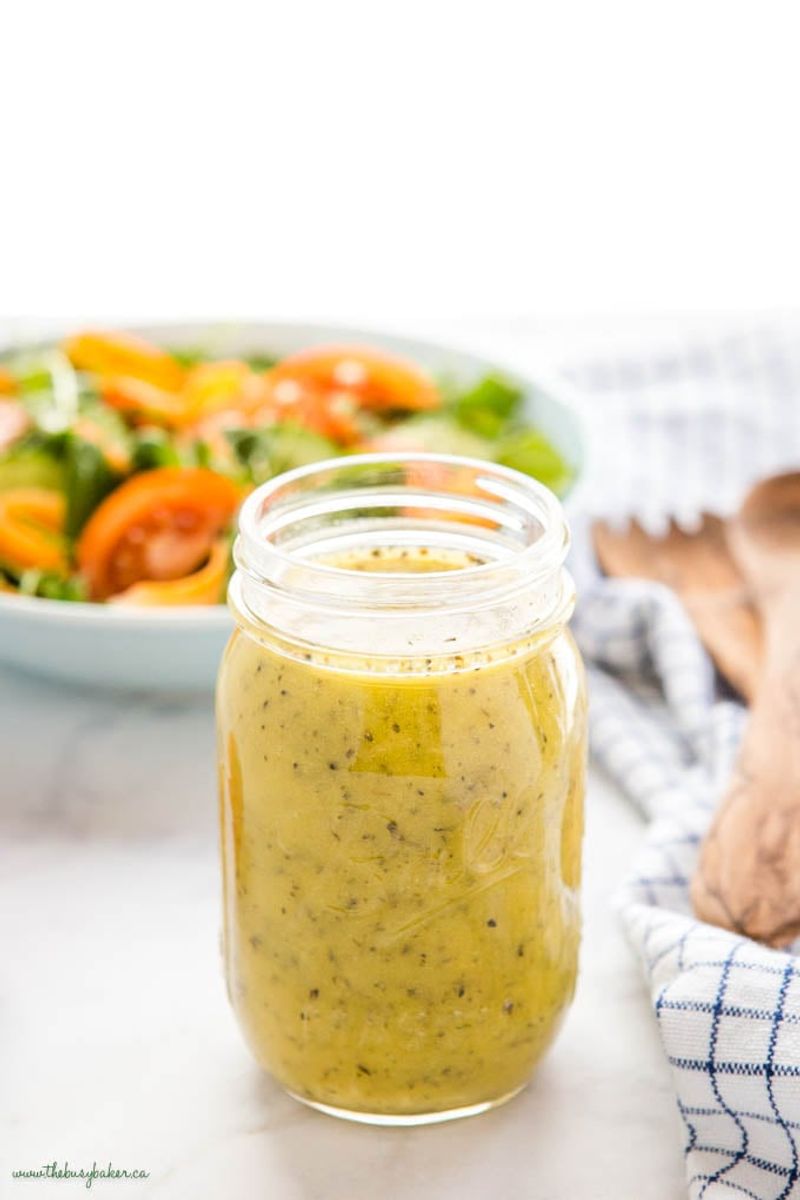
Shake up oil, vinegar, and a pinch of salt in a jar, and you’ve got a dressing that outshines anything from the store. Homemade vinaigrette costs pennies compared to bottled versions that can run $4-5 each.
The beauty lies in customization. Add herbs from your garden, swap in different vinegars, or introduce honey for sweetness. No strange thickeners or preservatives needed.
Most importantly, the flavors remain bright and vibrant when freshly made. Store your creation in the refrigerator for up to two weeks, though the oil may solidify (simply bring to room temperature before using).
2. Green Goddess Dressing: Herbal Magic in Minutes
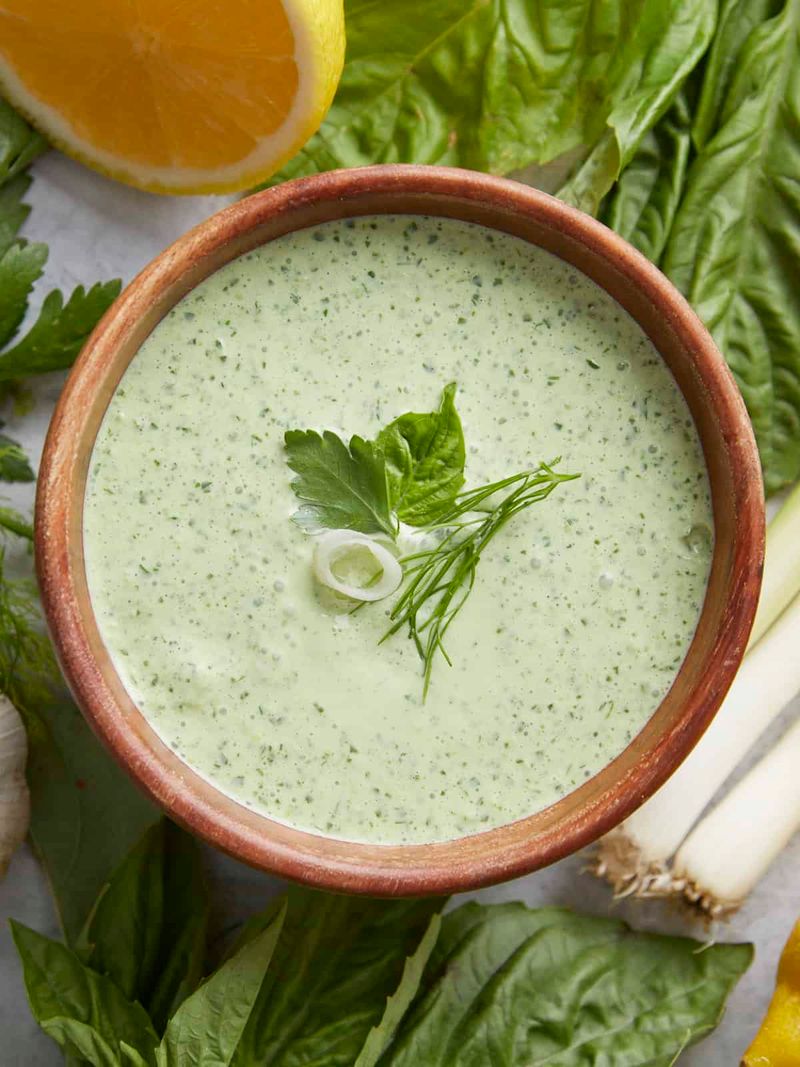
Fresh herbs transform this creamy dressing into something magical that bottled versions simply can’t match. The vibrant green color and garden-fresh taste make store-bought versions pale in comparison.
Blending herbs like basil, parsley, chives, and tarragon with yogurt or mayonnaise creates a versatile sauce that works on salads, as a vegetable dip, or even as a sandwich spread. The flavor complexity comes from ingredients you can pronounce.
Pre-made versions often use dried herbs and artificial coloring to mimic the fresh appearance. Save money and experience true herbal brightness by taking five minutes to blend your own.
3. Lemon-Tahini Dressing: Creamy Richness Without Dairy
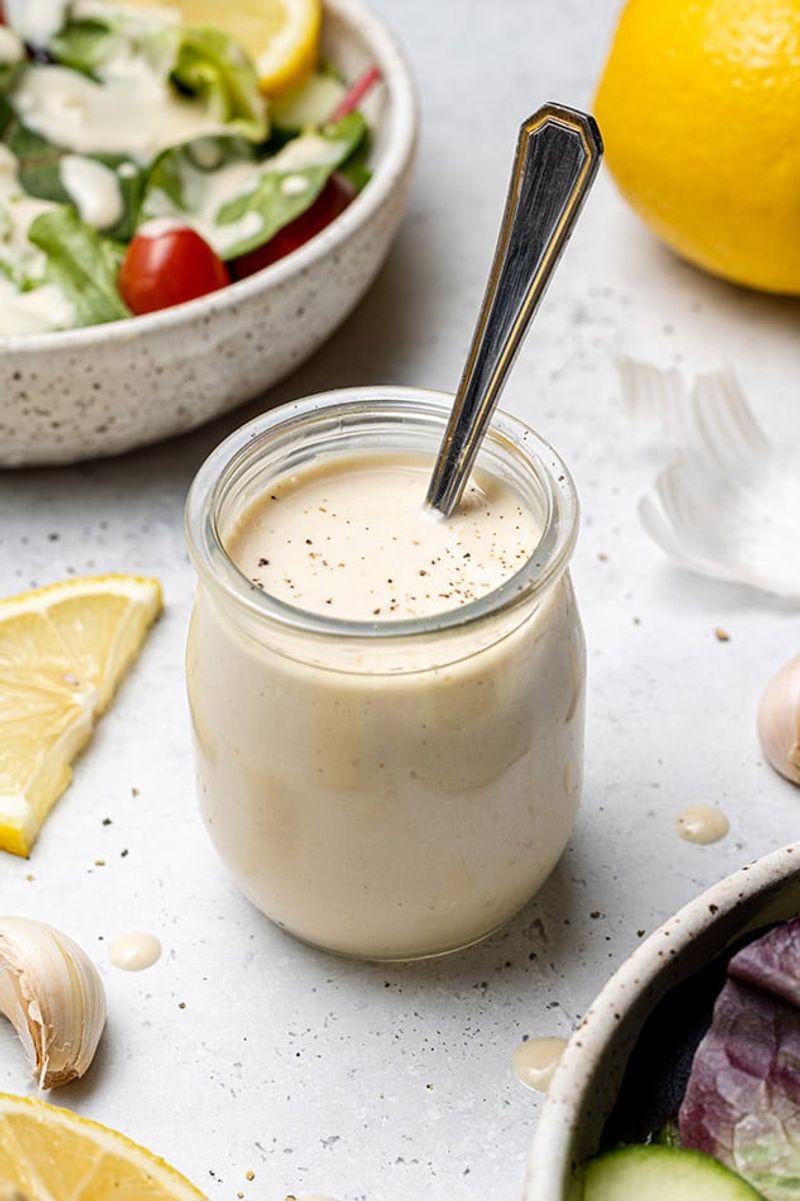
Nutty tahini paste creates the perfect base for this Middle Eastern-inspired dressing. When mixed with fresh lemon juice, garlic, and a splash of water, it transforms into a silky emulsion that coats greens beautifully.
The store versions often skimp on tahini (the most expensive ingredient) and compensate with thickeners and stabilizers. Your homemade version delivers authentic flavor with simple, wholesome ingredients.
Beyond salads, this versatile dressing works as a sauce for roasted vegetables, a drizzle for grain bowls, or even as a marinade for chicken. One batch takes just minutes to prepare and stays fresh in your fridge for a week.
4. Buttermilk Ranch: Farm-Fresh Flavor That Beats the Bottle
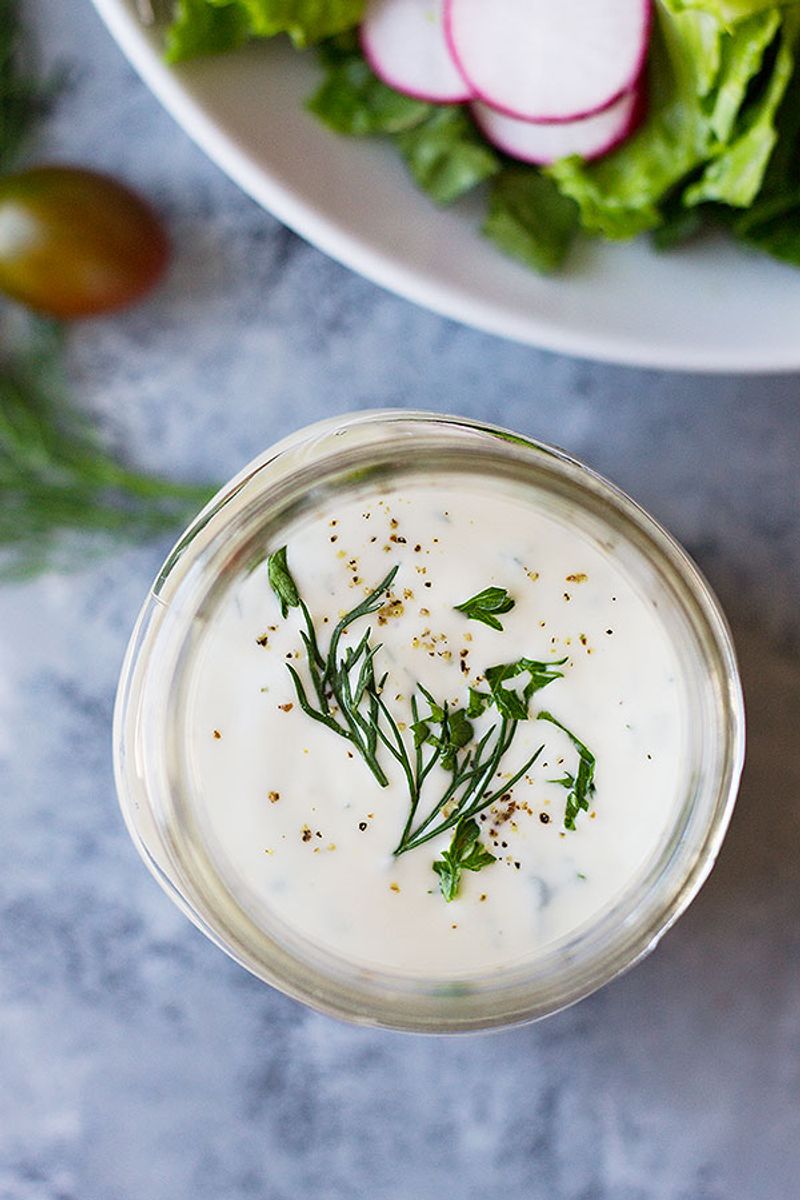
Real buttermilk gives homemade ranch a tangy depth that bottled versions try to mimic with artificial flavors. The difference is immediately noticeable – authentic buttermilk ranch has a lighter texture and brighter taste.
Fresh herbs like dill, parsley, and chives provide garden-fresh notes that dried versions can’t match. Garlic and onion powder round out the flavor profile without the metallic aftertaste sometimes found in commercial options.
Kids who claim to only like store-bought often convert after trying the real thing. While it only lasts about a week in the refrigerator, the superior taste makes it worth the five minutes of mixing time.
5. Miso-Ginger Dressing: Umami Magic You Can’t Buy

The complex umami flavor of miso paste combined with zingy fresh ginger creates a dressing that bottled versions simply can’t replicate. Japanese restaurants guard their miso dressing recipes because they’re surprisingly simple yet impossible to mass-produce well.
Fresh ginger loses its punch quickly, which is why store versions rely on powdered alternatives or excessive preservatives. Your homemade version maintains that pleasant heat and aromatic quality that makes this dressing special.
Beyond salads, try this versatile mixture as a marinade for salmon or tofu. A batch comes together in minutes using a blender and stays fresh in your refrigerator for up to ten days.
6. Honey Mustard: Sweet-Tangy Perfection in Seconds
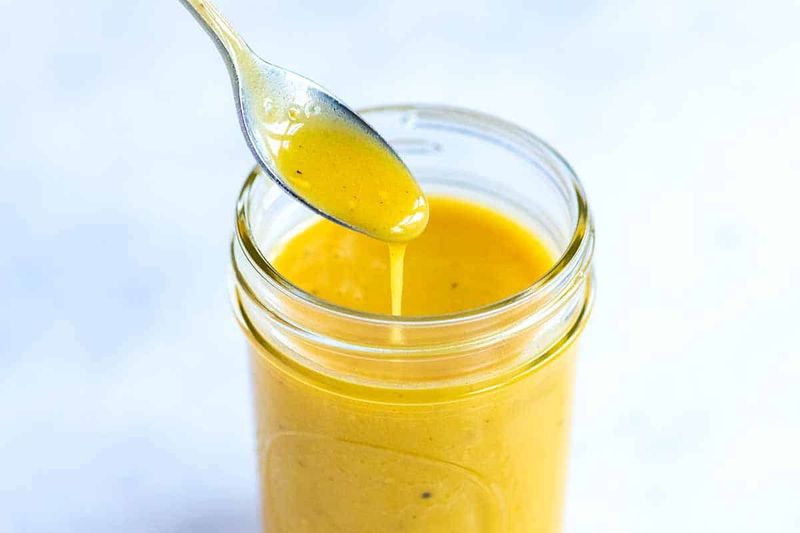
The name reveals how simple this dressing is—honey and mustard form the base, with perhaps a splash of vinegar and oil to thin it out. Commercial versions often add unnecessary thickeners, preservatives, and artificial colors.
Controlling sweetness becomes a major advantage when making it yourself. Many store-bought versions contain high fructose corn syrup or excessive amounts of sugar, while your homemade version can use just enough honey to balance the mustard’s bite.
Beyond salads, this versatile mixture works as a dipping sauce for chicken tenders or pretzel bites. The dressing comes together in seconds and stays fresh in your refrigerator for weeks.
While some dressings are best whipped up fresh in your own kitchen, others are simply not worth the hassle—here’s where to draw the line.
1. Caesar Dressing: Leave This Classic to the Pros
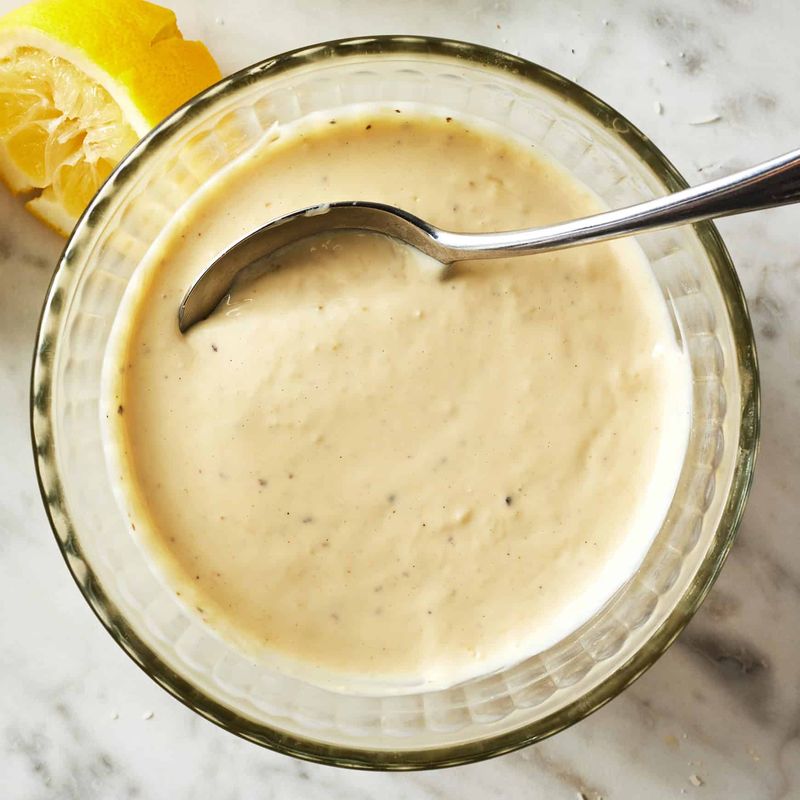
Traditional Caesar dressing contains raw egg yolks and anchovy fillets—ingredients that require careful handling. Food safety becomes a legitimate concern, especially with raw eggs and the risk of salmonella.
The emulsion process demands precise technique to avoid separation or graininess. Even experienced home cooks sometimes struggle to achieve that perfect silky texture that restaurant versions nail consistently.
Quality commercial versions use pasteurized eggs and properly prepared anchovy paste, eliminating safety concerns while maintaining authentic flavor. Save yourself the stress and potential food waste by choosing a high-quality bottled version from the refrigerated section of your grocery store.
2. Blue Cheese Dressing: When Store-Bought Shines
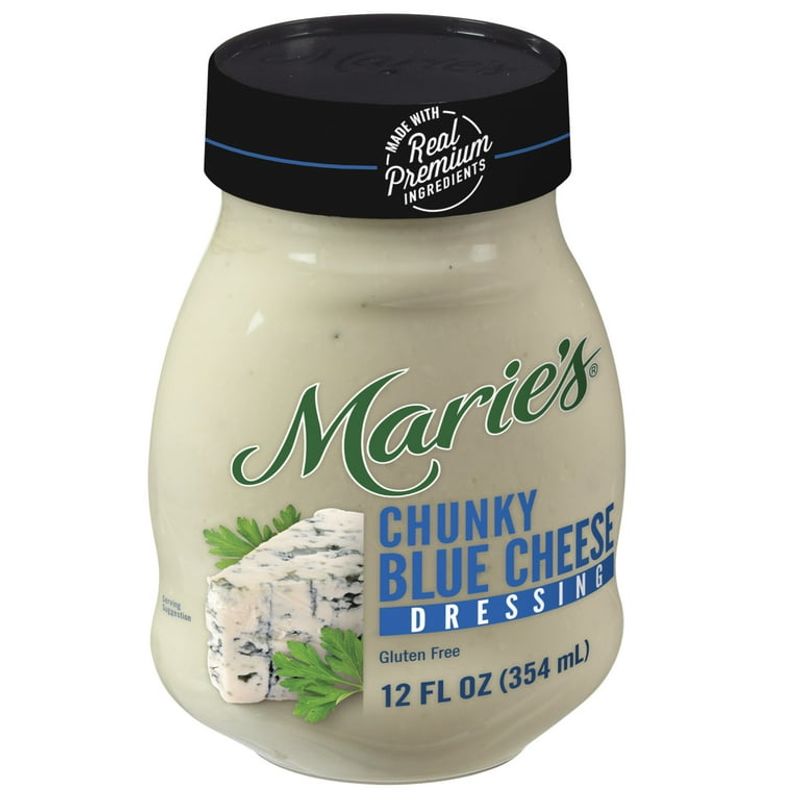
Quality blue cheese costs significantly more than other dressing ingredients. Making it at home often means choosing between a mediocre result with cheap cheese or spending substantially more than a premium bottle would cost.
The aging process that commercial producers use allows flavors to meld perfectly. Home versions often taste sharper and less balanced, especially in the first few days after preparation.
Good bottled versions contain real chunks of aged blue cheese and minimal additives. Check labels for options without high fructose corn syrup or artificial flavors. For occasional use, the convenience and consistent quality of store-bought makes more sense than investing in expensive cheese for homemade.
3. French Dressing: The Surprising Store-Bought Winner
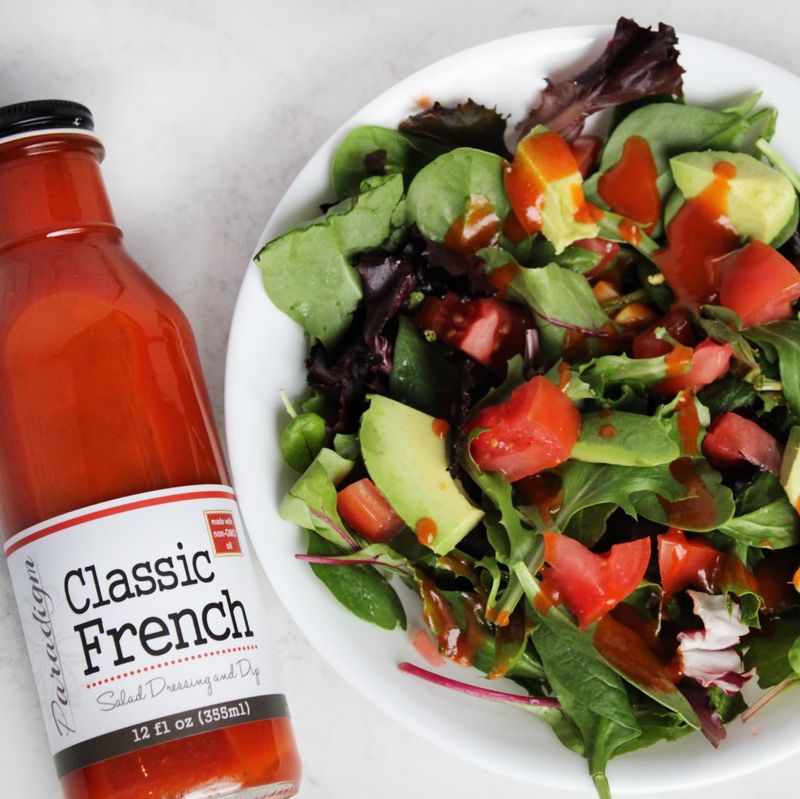
The bright orange color of classic French dressing comes from paprika and tomato—ingredients that stain equipment and require precise balancing. Commercial versions achieve consistency through standardized production methods that are hard to replicate at home.
Many recipes attempt to mimic the creamy texture using ketchup as a shortcut. Unfortunately, this often creates a sweeter, less complex flavor than quality bottled versions that use tomato paste and properly emulsified oils.
Modern French dressing has evolved far from its origins, becoming an American creation with a distinctive sweet-tangy profile. For this particular style, well-established brands have perfected formulations that consistently deliver what fans expect.
Leave a comment